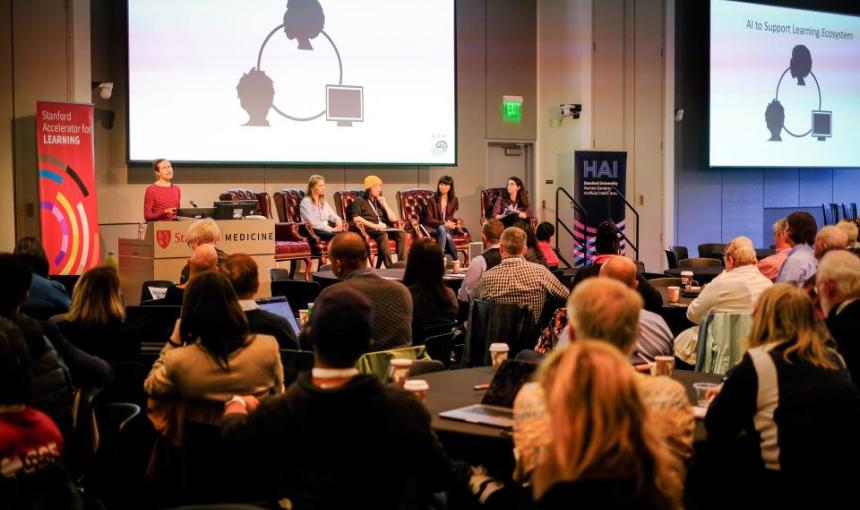Blog
Explore Blog Posts
Stanford HAI at Five: Pioneering the Future of Human-Centered AI
In its fifth year, HAI catalyzed a multidisciplinary community of researchers, industry, policy, and civil society to...
Who’s at Fault when AI Fails in Health Care?
Hospitals are increasingly adopting AI tools for patient care. They need to be thinking about liability.
Spotting Visual Signs of Gentrification at Scale
An AI model trained with images from Google Street View can recognize visual indicators of gentrification early.
On the Societal Impact of Open Foundation Models
New research adds precision to the debate on openness in AI.
A Data-Centered Approach to Education AI
Useful models need better data. Stanford scholars explore a path to ensure domain experts have more fruitful...
Transparency of AI EO Implementation: An Assessment 90 Days In
The U.S. government has made swift progress and broadened transparency, but that momentum needs to be maintained for the...
Doctors Receptive to AI Collaboration in Simulated Clinical Case without Introducing Bias
Doctors worked with a prototype AI assistant and adapted their diagnoses based on AI’s input, which led to better...
Generating Medical Errors: GenAI and Erroneous Medical References
A new study finds that large language models used widely for medical assessments cannot back up claims.
What Can AI Offer Teachers?
A year after generative AI shocked the education world, the second annual AI+Education Summit reflected on new tools and...
Bridging the Opportunity Gap in Social Sector AI
Nonprofits see real potential in mission-driven AI tools. A new survey suggests future opportunities.
Peering into the Black Box of AI Medical Programs
To realize the benefits of AI in detecting diseases such as skin cancer, doctors need to trust in the decisions rendered...
Shriti Raj: Designing Tech That Helps People Lead Healthier Lives
Stanford HAI faculty fellow says there’s a better way to make health data useful for patients and clinicians.











